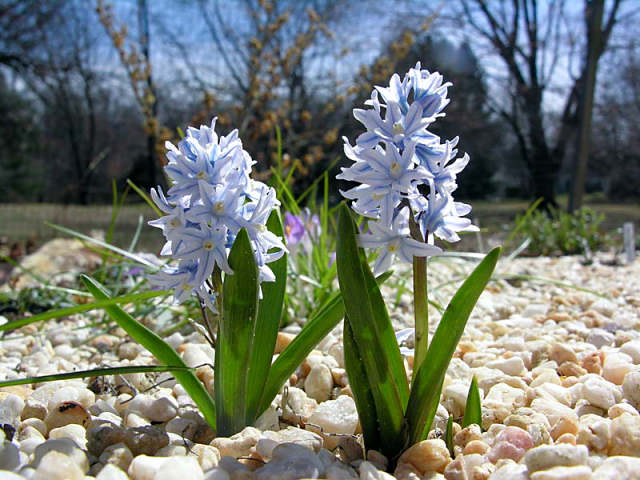By Pat Curran
Question: How can I stay ahead of the weeds?
Answer:
Persistence is the key to weed control, but life gets in the way. It helps to identify your weeds, or at least be familiar with their life cycle. Why? This will help you do triage when time is limited.
Annual weeds grow fast, but it is critical to prevent them from producing seeds. Otherwise, you have a ‘seed bank’ in your soil that may persist for 10 years or more. Years ago, I had redroot pigweed spring up in my veggie garden. It was 2 feet tall before I could deal with it. I got it all pulled up before it seeded, and I haven’t seen a single plant since. Obviously, the seeds came in my soil amendments. On the plus side, they germinated all at once. Prickly lettuce is another annual weed that may come with purchased compost that didn’t get hot enough to kill weed seeds. Be sure to wear old clothes (the juice stains!) and remove it before the fuzzy seeds get loose! At this time of year, it makes sense to remove ‘winter annuals’ like henbit which will flower and produce seed in very early spring.
 |
| common burdock Arctium minus FoliageMary Ellen (Mel) Harte |
Many of us are familiar with burdock and mullein. Both European imports, they are biennials. The first year, there is a rosette of leaves. The second year, they send up a flowering shoot. If time and energy permit, dig or pull them up the first year, especially the burdock which has no ornamental value. The mullein can be left to enjoy the furry gray leaves and leave the yellow flowers for the bees. As the flowers fade, I cut the spike off and put it in the trash.
Perennial weeds live for years. Dandelions and plantain are two common lawn weeds. Plantain tolerates compaction and salt and thus tends to grow next to sidewalks. I don’t advocate using lawn herbicides, as they have been implicated in dogs getting cancer. Just keeping the lawn mowed to the recommended height, 3 inches, will keep the grass vigorous and decapitate most of the flowers, so that the seeds don’t blow into adjacent ornamental or veggie gardens.
Quackgrass and bindweed are two perennial weeds that require diligence. They both have spreading white roots. Bindweed, which resembles a white morning glory, climbs and makes terrible tangles in desirable plants. Pulling out the foliage and then smothering these weeds by sheet composting with flattened cardboard, combined with weekly checking for new shoots, is the organic option. It may be necessary to first remove desirable perennials to a holding bed.
Ask a Gardener appears weekly in The Journal during the growing season. For answers to other garden, lawn, landscape and pest questions, call Cooperative Extension at 607-272-2292 or email: growline1@gmail.com. This article was written by Patricia Curran, horticulture program manager at Cornell Cooperative Extension of Tompkins County.




